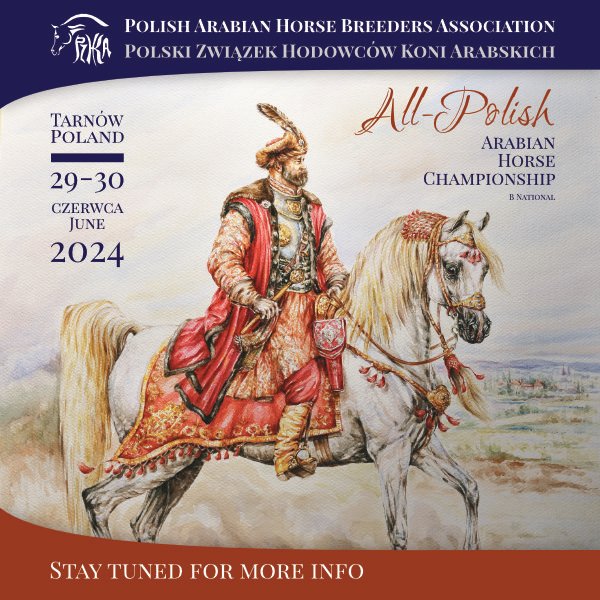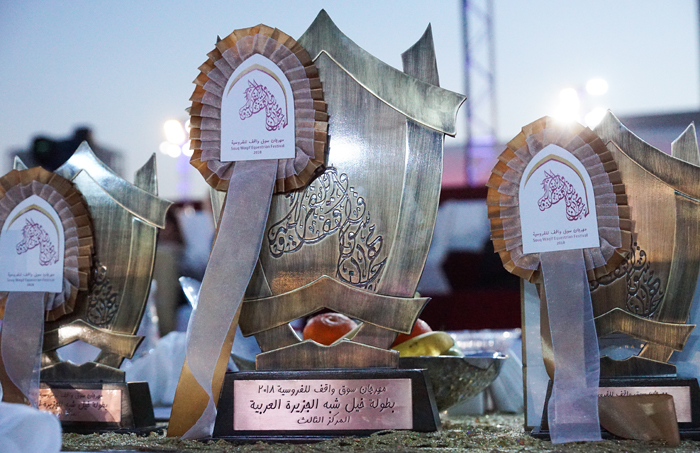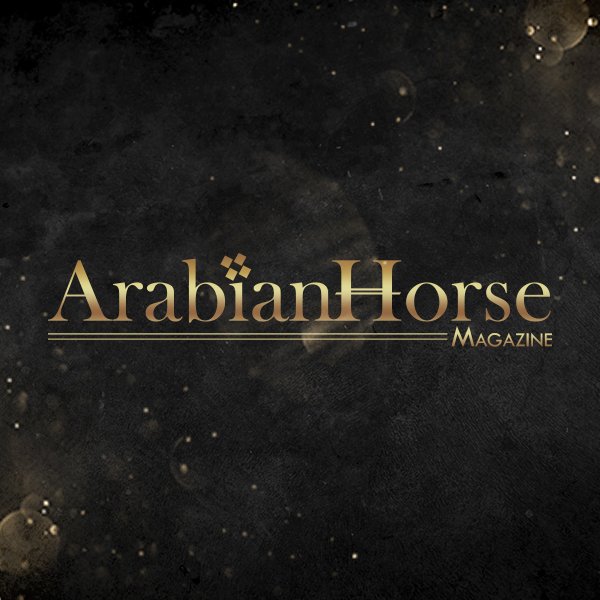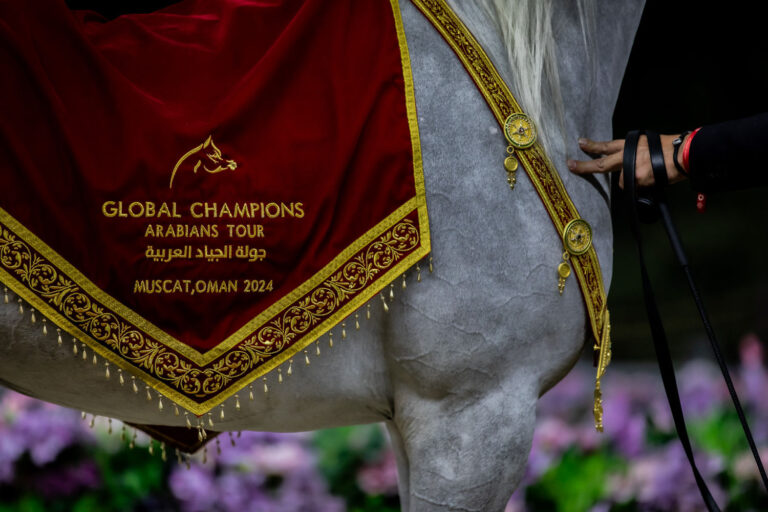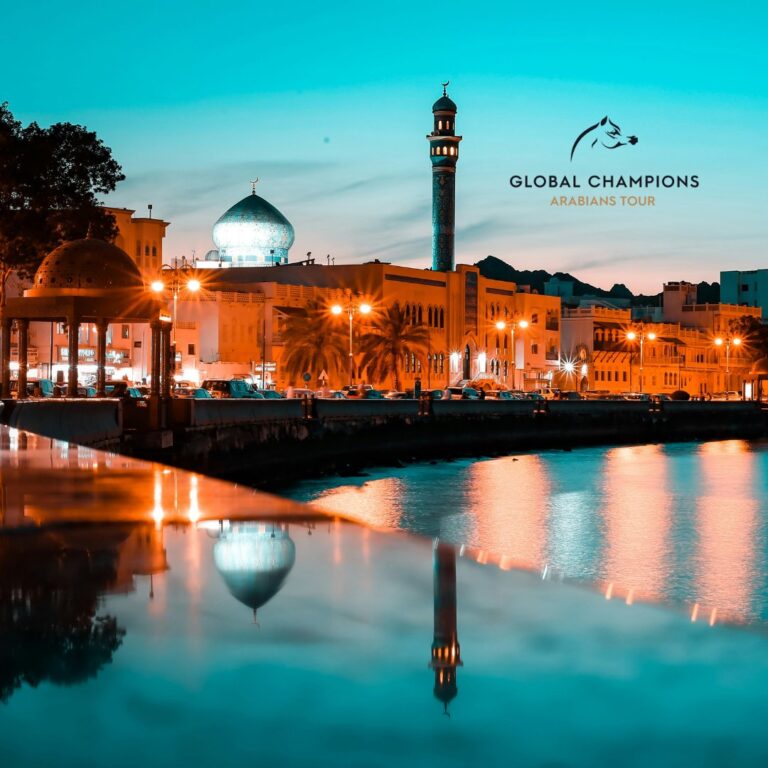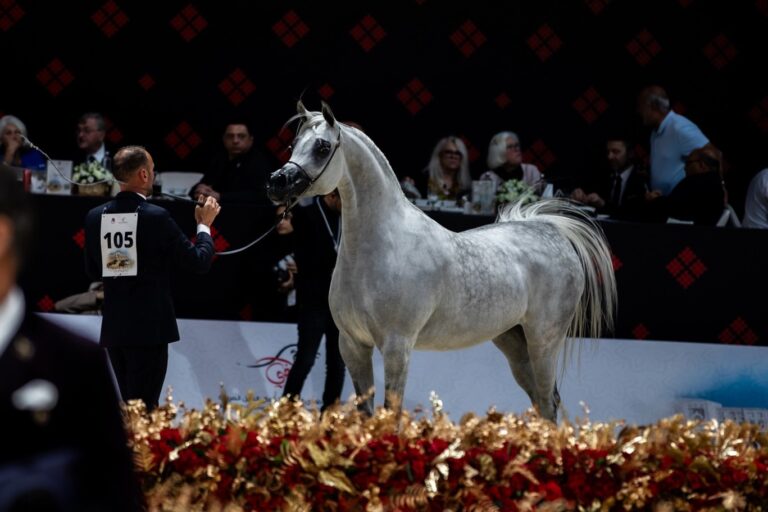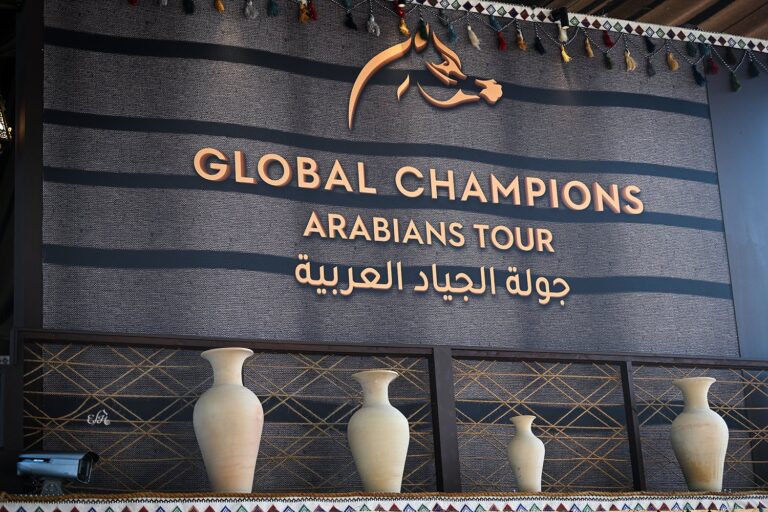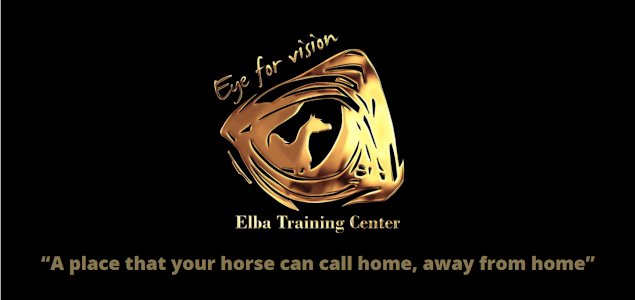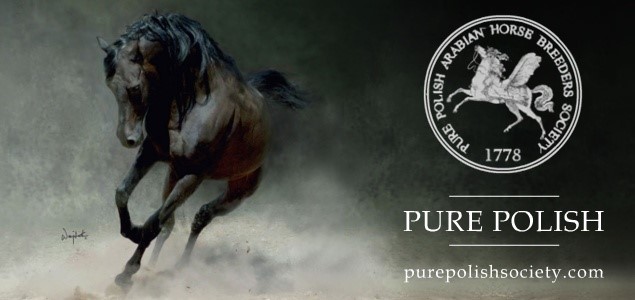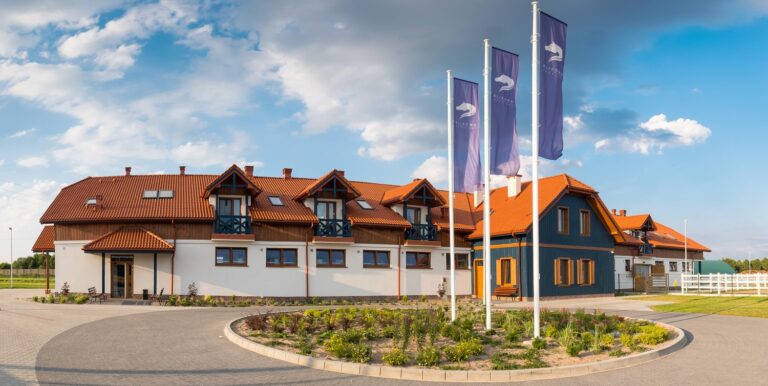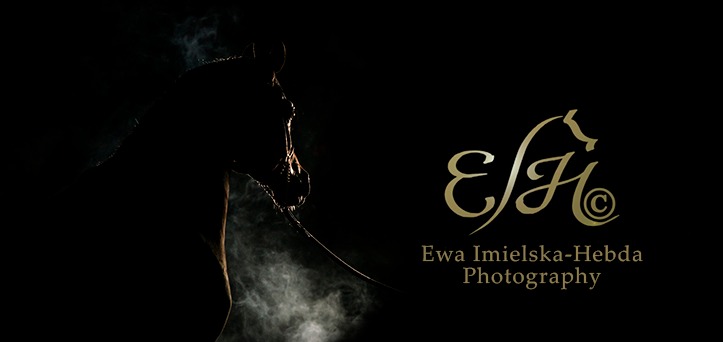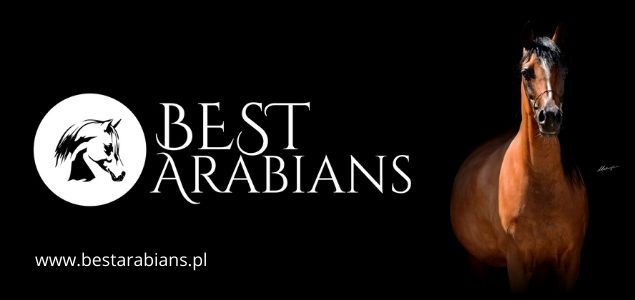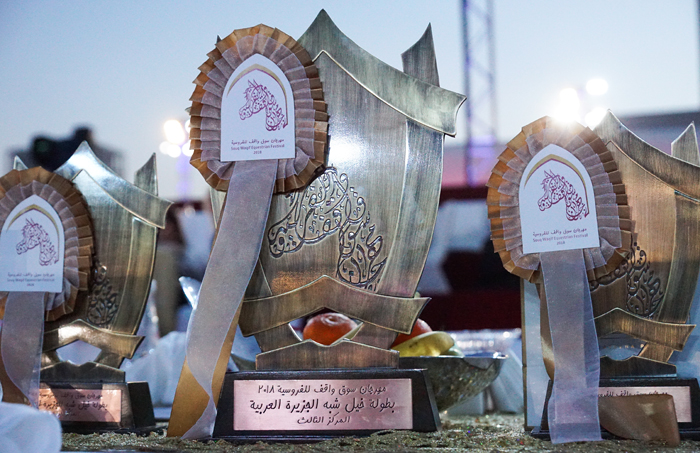
The Souq Waqif (Arabic: سوق واقف, “the standing market”), is a traditional market known to all Middle Eastern visitors located in the historic centre of the Qatar’s capital, Doha, which has existed for more than one hundred years. It is here that the Bedouins came to obtain necessary goods and to sell livestock, including falcons which even today have a separate trading nook (The Bird Souq). A new life for the souq began in 2006 after its renovation following a fire which destroyed most of it in 2003. The Souq Waqif is perhaps the last place in this rapidly developing city where the traditional architecture and city structure have been preserved, together with its narrow streets, numerous nooks and handcraft workshops. Also located on its grounds is a chain of nine small boutique hotels. Once an additional advantage of the market was the close proximity to the harbour.
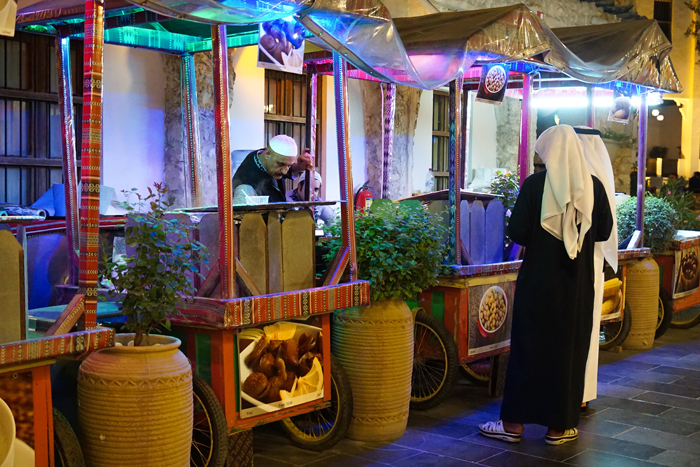
Today, though the distance to the shore is still not far, pedestrians need to cross a wide and busy road, which can be quite a challenge. However the lack of easy access to the harbour and the Corniche promenade along the coast does not discourage the city’s inhabitants nor the tourists from spending free time at the souq, especially since the market is not just about shops, but also has numerous restaurants. After dusk, when the temperature slightly falls, the place becomes crowded and it is difficult to find a free table.
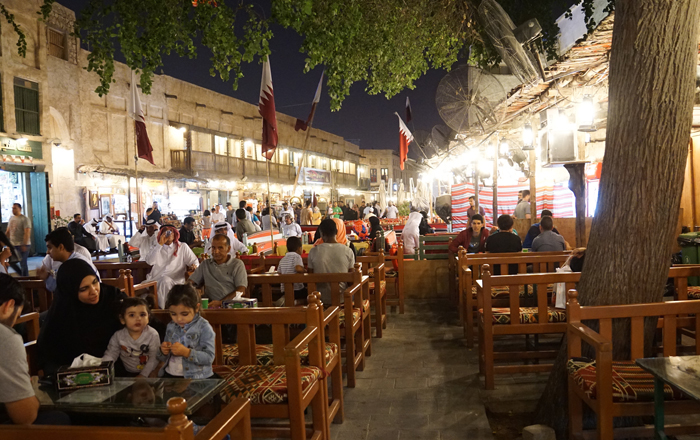
The Souq Waqif is also an organizer of many cultural events. In April of this year one such event was the Souq Waqif Equestrian Festival, during which the Souq Waqif Arabian Peninsula Horse Show (9-10.04) was held, as well as two Arabian horse auctions were conducted (8 and 11.04). The advertising slogan was “Family Friendly Festival”. And indeed, the location in the city centre attracted a large audience. The entry was free and the emotions soared high even in those viewers that attended an Arabian horse show for the first time. I myself heard one excited tourist call his friends, urging them to come quickly: “I have never seen something like this before!”, he was saying. “You must come, it’s a wonderful show! It’s very close and there are plenty of beautiful horses”. Definitely thanks to the Festival Arabian horses acquired some new enthusiasts. Those that often participate in shows said that they liked the idea of having the event in the city’s historic centre, surrounded by traditional architecture. It is a great promotion both for Arabian horses, as well as the place itself. A beautifully arranged arena with a stand for the public was a great encouragement to dedicate one’s free time to Arabians. There were also attractions for the younger attendees, such as ponies.
Souq Waqif Arabian Peninsula Horse Show
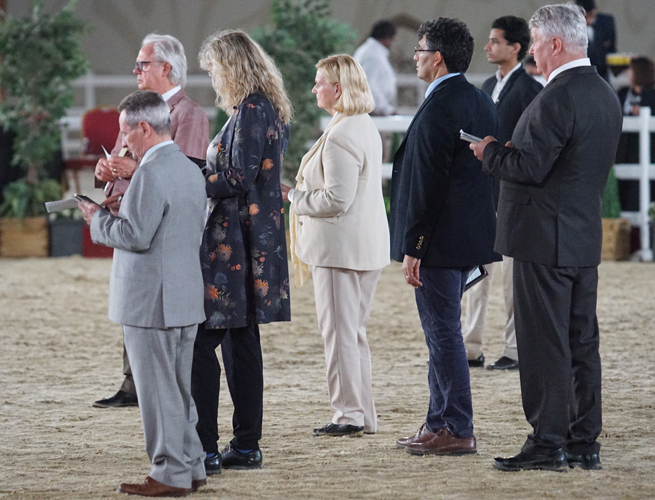
The show, held in accordance with ECAHO rules though not affiliated, was intended for Straight Egyptian horses. Three horses from each class qualified for the finals. The number of entered horses was 139 and the total prize pool was 2.5 million Qatari Riyals. The show was judged by: Mohammed Machmoum (Morocco), Ann Norden (Sweden), Manfred Hein (Germany), Maria Pilar Cavero Pino (Spain), Michaela Weidner (Germany) and Pierluigi Rota (Italy). The duties of ringmaster were carried out by Gijs Eggink (Belgium) and the Disciplinary Committee consisted of Malak Benamar (Morocco) and Line Brunsgaard (Denmark).
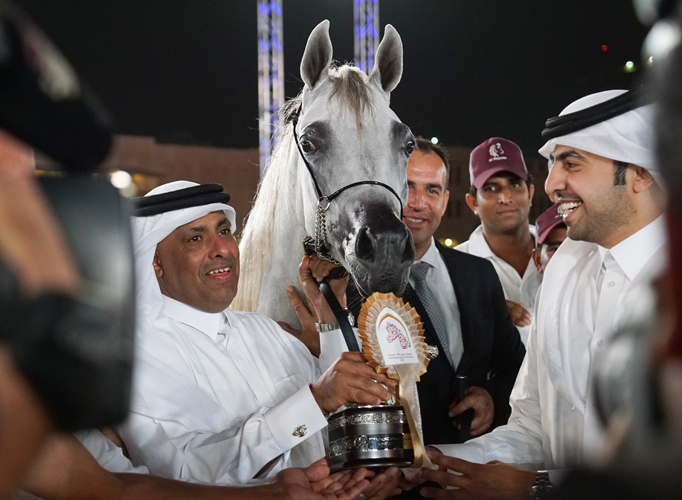
Due to the high temperatures at this time of year the events began at 4:30 pm and lasted until late evening. The first day of the show ended at midnight, even though the yearling classes were excluded. The A series of the 2 year old fillies class was won by Sudari Al Rayyan (Shagran Al Nasser – Toya El Zahraa/Gad Allah), a graduate of Sheikh Hamad bin Ali Al Thani (90,8), while victorious in the B series was the last to perform Rahaf Al Rowda (Barraq El Aliya – Rimal Al Dhabi/Sufian Alwaab), bred and owned by Mohammad Abdul Rahman Ali Al Nuaimi (91 pts). Triumphant among the 3 year olds was Al Jood Al Naif (Nasser Al Rayyan – Kerdan Al Naif/Ansata Sokar), from Al Naif Stud, an eye-catching filly of impressive beauty, who in the hands of Glenn Jacobs showed her full quality. This was also noticed by the judges, who gave her 3×20 for type and an additional top mark for head and neck (final score: 92,3). In the finals the filly was almost unanimously (with one exception) selected gold champion before the graduate of Al Rayyan Farm. The bronze medal went to the second place holder from the A series of the 2 year old class, Shahrazad Al Waab (Fares Al Rayyan – Shahira Al Nasser/Ashhal Al Rayyan), bred at Al Waab Stud and owned by Abdulla Saed M A Al Hajiri.
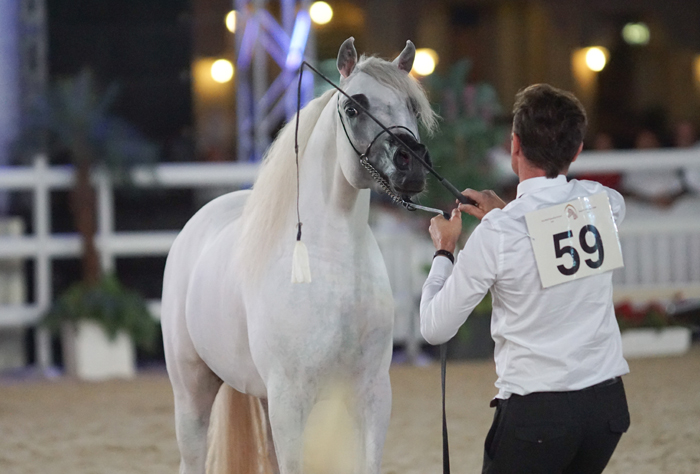
In the two junior stallion classes the best turned out to be subsequent graduates of Al Waab Stud: among the two year olds – Jabbar Al Waab (Al Adeed Al Shaqab – Nefisa Al Safinat/ Ashhal Al Rayyan), owned by Al Hazm Stud (90,2); among the three year olds – Hilal Al Waab (Sinan Al Rayyan – Sharuby HP/Maydaan-Madheen), owned by Mohammad Abdul Rahman Ali Al Nuaimi (91,8). The gold medal went to the latter, while Jabbar settled for the bronze. The silver was awarded to the effective and progressing Julaibeeb Al Fahed (Al Adeed Al Shaqab – Pandoraa/GR Amaretto) from Al Fahad Stud, who shown by Gerald Kurtz placed second in the 2 year olds class (91 pts).
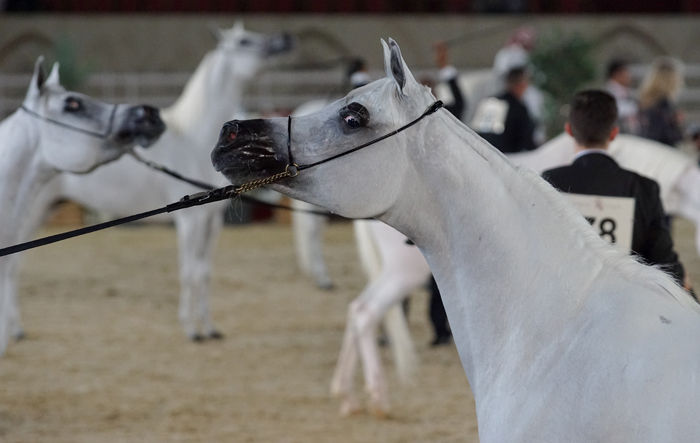
The 4-6 year old mares were divided into two series, A and B. The first of them was won by the multichampion Deema Al Nasser (Fares Al Rayyan – Dalal Al Nasser/Ansata Nile Pasha), bred by Sheikh Nawaf Bin Nasser Al Thani and purchased at the age of six months by Mesfer Mohammed Al Hajri, who together with his brother Nasser runs Umm Aludham Stud. The filly quickly proved that she is full of potential by winning trophy after trophy at shows in Qatar. Today she is one of the largest stars of private breeding in this country. During the Souq Waqif Show she received top marks for type from all judges and two additional 20s for head and neck. Her final score was 92,7 pts! So it was no surprise that she was chosen gold medallist. Victorious in the B series with a high score of 92,3 (though with no 20s) was the first shown in this competition Ehsan Al Shahania (Barraq El Aliya – Salomeh/Ansata El Salaam), daughter of a mare presented in the 11 year old an above mares class. Bred at Al Shahania Stud, Ehsan is owned by Saif Mohammed Al Hajri.
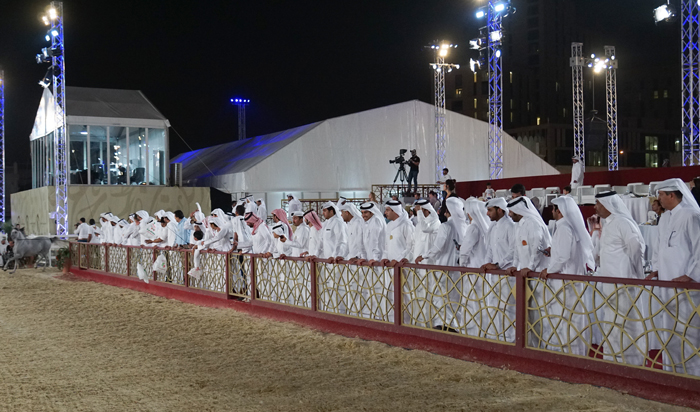
During this class there was unfortunately a dangerously looking accident, which reminded everyone that a horse show is not just great fun, but you must always be extremely careful. Medical assistance was needed. Luckily the handler did not sustain such a great injury during the fall as it initially seemed.
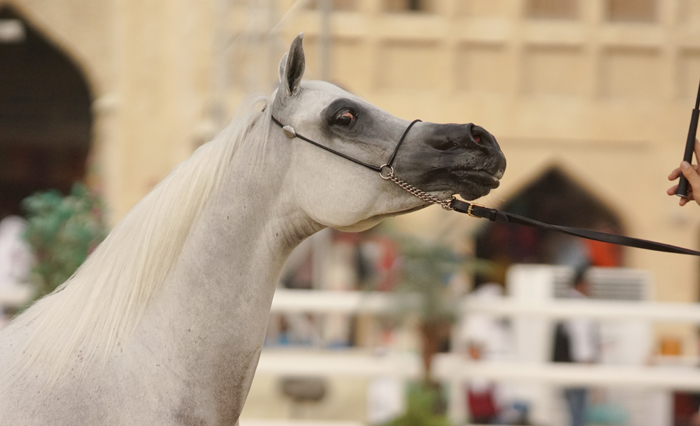
The 7-10 year old mares class was won by the well-moving and shown by Alessio Scaramella DHS Aisha (Mahadin – Amira Madheen/Maydan-Madheen) of Irish breeding and owned by Al Nawasi Stud. With a 20 for type and two more for head and neck she received a final score of 92,3. In the oldest mares class the best turned out to be the afore mentioned Salomeh (Ansata El Salaam – Alissha/Moroc) of Italian breeding and owned by Abdulla Salem Al Hajri. Her final score was 92 pts (incl. a 20 for movement). This class was made up almost entirely of grey mares (with one exception) and without a doubt it was a presentation of gracefulness and femininity that all spectators await. In the finals, behind the golden Deema Al Nasser placed Nashua Al Rayyan (Ansata Sokar – NK Nahla/NK Hafid Jamil), from Al Rayyan Farm, who earlier came second in the 7-10 year old mares class (91,7, incl. a 20 for type and head and neck). The bronze went to DHS Aisha.

Triumphant in the two senior stallions classes were: Haboob (Farres – Ajmal Farasha/Ashhal Al Rayyan), bred by Sheikh Abdulla Bin Khalid Al Thani and owned by Mohammad Abdul Rahman Ali Al Nuaimi (92 pts), in the 4-6 year old stallions class, and in the eldest stallions class the graduate of Shaqab Stud Farhoud Al Shaqab (Al Adeed Al Shaqab – Johara Al Shaqab/Imperial Mahzeer), who in the hands of Luca Oberti received 92,2 pts (incl. a 20 for type and 2×20 for head and neck). In the finals it was Farhoud that became champion, while Haboob got the bronze. The second place on the podium was secured by Mountaser Laffan (Ansata Nile Echo – Authentic Monisa/Nabeel II), son of a champion mare from European arenas (Ströhen, among others), bred and owned by Jassim Kayed Almohannadi. He places second in the 4-6 year old stallions class with a score of 91,7 (incl. 2×20 for type and a 20 for head and neck).
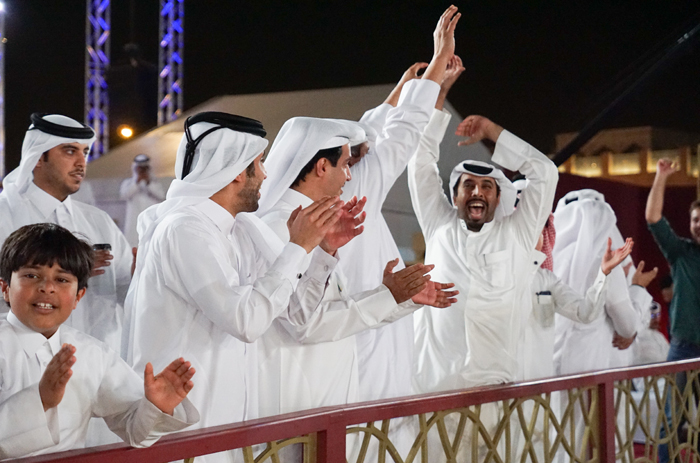
The announcing of the results was each time accompanied by great emotions of the participants who did not contain their joy. Entire families came out for the decoration ceremonies, as usual in Qatar. It has to be said that the display of emotions is a huge advantage of these here shows. Because that is also what it’s all about – not just about preserving the national heritage of the Arabian horse, but the joy of success and a good old sports rivalry. All of this was very much in abundance during the Souq Waqif Arabian Peninsula Horse Show.
Horse auctions
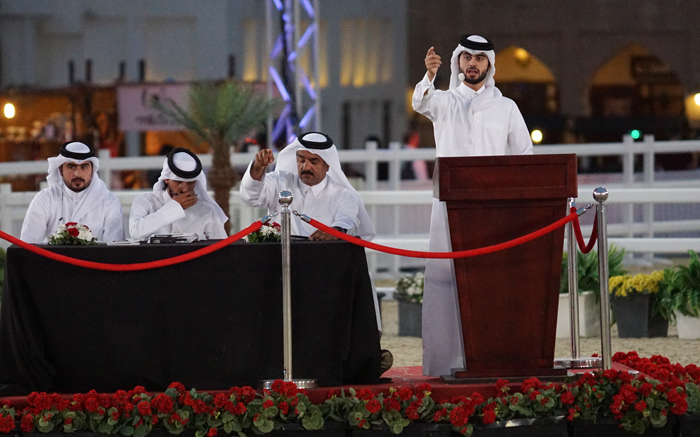
Apart from the show there were also two auctions – of Straight Egyptians and horses from the international breeding program, often called “Polish” due to these horses descending from Polish lines. Out of these two the Straight Egyptian auction held on Sunday afternoon enjoyed more popularity, though the offered prices were not high. 70 horses were entered for sale and already the first bidding ended in sale. It was for Imperial Karmah (Imperial Al Kamar – Imperial Janaabah/Imperial Im Jasim), an older (born 1995), classic Egyptian mare, bred at Imperial Egyptian Stud (Egypt). Her owner, Al Srayia Stud, accepted a price of 17 thousand Qatari Riyals.
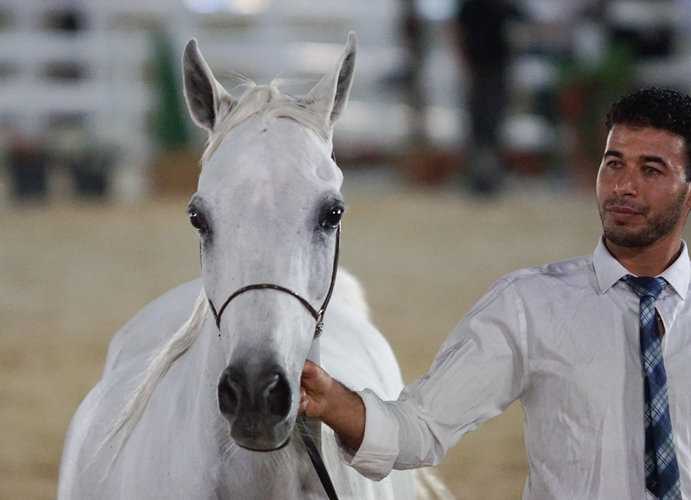
Other owners often expected much higher amounts and sometimes horses left the arena unsold despite offers of 160 thousand Riyals. Such was the case with the exceptionally beautiful Jiewnh Al Dhakhira (Ashhal Al Rayyan – Aarwa Al Shaqab/Al Adeed Al Shaqab), owned by Lahdan Eisa L Al Mohanadi. Usually the prices were between 30-60 thousand Riyals, but the majority of the horses did not find buyers.
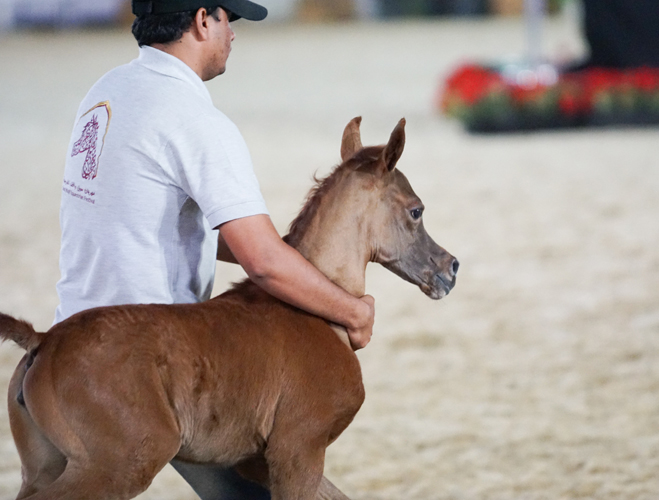
On Wednesday, during the second auction, 61 horses were offered for sale, but also a small number of them changed owners. The weather played a trick and the participants had to deal with rainfall, which luckily wasn’t too great to interfere with the bidding. The first sold horse was the Janów Podlaski-bred Cisza (Om El Bellissimo – Ceralia/Emigrant), who her owner sold for 60 thousand Riyals. Some mares achieved prices around 90-100 thousand Riyals (for example Sehban Al Shaqab by AJ Arqam, out of Entesar Al Shaqab/Marwan Al Shaqab, or the daughter of Gazal Al Shaqab Al Anood Al Jeryan out of Aliya Al Jeryan/Marwan Al Shaqab), but most often the bidding stopped at 40 to 60 thousand Riyals, so most of the horses returned to the stable unsold. The owner of the Michałów-bred Kagera (Pegasus – Karolina/Laheeb) offered together with a very good filly by Al Adeed Al Shaqab, did not agree to sell her for 52 thousand, which was the highest offer.
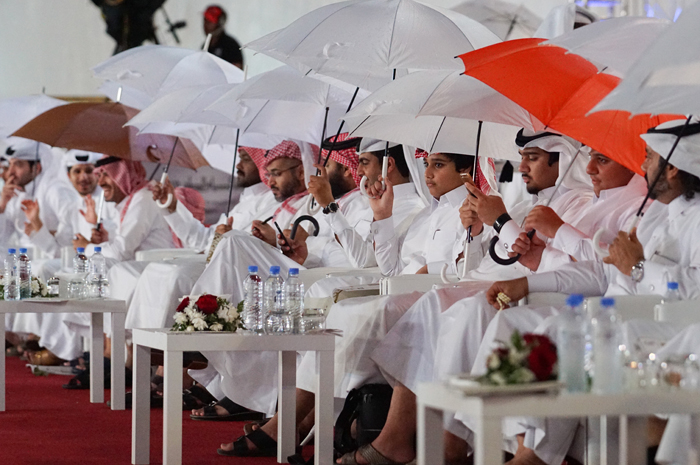
As we can see, also in Qatar it is not easy to sell a horse at a good price – but to buy one at a good price you also need luck. For horses with valued in the Middle East Egyptian pedigrees owners want large sums, even if the conformation of the horse leaves a lot to be desired. The reason for this are definitely numerous Straight Egyptian shows with high prize money. Either way, the Qatari auctions confirmed that the market is currently difficult and there are more sellers than ready buyers, the most valuable horses are not offered for sale and the buyers are holding on to their wallets. For breeders it is a sign that breeding decisions must be made with great care. At the same time more events for Arabian horses broaden the market, which clearly the representatives of this industry in Qatar understand. And opening up to a wider audience must always be applauded.
PDF version of the article and the photo gallery


